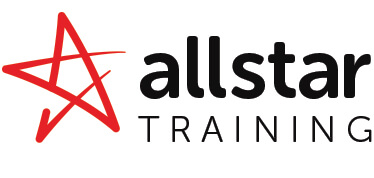COSHH stands for the Control of Substances Hazardous to Health Regulations 2002.
These regulations require employers to control exposure to hazardous substances to prevent ill health.
Before you start any COSHH assessment or training, you will need to think about what you do that involves hazardous substances, how these can cause harm, and what the risk is of any harm occurring.
Exposure should always try to be prevented. For example:
- Can you avoid using a hazardous substance or use a safer process – preventing exposure, e.g. using water-based rather than solvent-based products, applying by brush rather than spraying?
- Can you substitute it for something safer – e.g. swap an irritant cleaning product for something milder, or using a vacuum cleaner rather than a brush?
- Can you use a safer form, e.g. can you use a solid rather than liquid to avoid splashes or a waxy solid instead of a dry powder to avoid dust?
According to the HSE, 50% of U.K. workplaces identified chemical or biological substances as one of the biggest risks for employee safety. Chemical accidents are likely to happen if an uninformed or untrained member of personnel is handling chemicals in the workplace. This is recorded as an operator error and can lead to a host of chemical safety risks not only to the operator themselves but to the entire workplace. Operator errors usually occur due to a lack of understanding or training when it comes to safely handling hazardous chemicals.
If personnel are not made aware of mistakes they have made when handling or storing chemicals, they can continue to make the same mistakes, often resulting in a chemical accident. This can be easily remedied with proper safety training and ensuring chemical management restrictions.
You can prevent or reduce workers exposure to hazardous substances by:
- finding out what the health hazards are;
- deciding how to prevent harm to health (risk assessment)
- providing control measures to reduce harm to health;
- making sure they are used ;
- keeping all control measures in good working order;
- providing information, instruction and training for employees and others;
- providing monitoring and health surveillance in appropriate cases;
- planning for emergencies.
Hazardous substances can include:
- certain chemicals;
- bacteria and other micro-organisms;
- certain dusts; and
- any other substance which has comparable health effects.
- Most businesses use substances, or products that are mixtures of substances. Some processes create substances. These could cause harm to employees, contractors and other people.
- Sometimes substances are easily recognised as harmful. Common substances such as paint, bleach or dust from natural materials may also be harmful.
In order to ensure safety of your employees and compliance for your company, training for employees working with substances hazardous to health can be provided.
Provide information, training and instruction for employees who work with substances hazardous to health. This includes cleaning and maintenance staff.
Employees need to understand the outcome of your risk assessment and what this means for them. Tell them:
- what the hazards and risks are;
- about any workplace exposure limit;
- the results of any monitoring of exposure;
- the general results of health surveillance;
- what to do if there is an accident (e.g. spillage) or emergency.
Control is considered as being adequate when the risk of harm is ‘as low as is reasonably practicable’.
Allstar Training Ltd can offer a one-day classroom based COSHH training session – click here for details.

